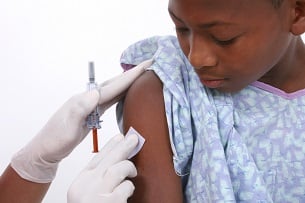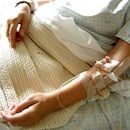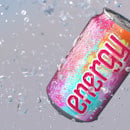
MMRV vs. MMR: New Vaccine Combinations
Healthcare professionals in the United States today have two options available for protecting children between the ages of 12 months and 12 years against measles, mumps, rubella, and varicella. There is a choice between using the varicella vaccine together with the trivalent measles, mumps, and rubella (MMR) vaccine or using a single quadrivalent measles, mumps, rubella, and varicella (MMRV) vaccine. This means that parents have a decision to make, and they will rely on you for help in making this decision. Questions and concerns about vaccines can be stressful for most parents. As their child’s healthcare advocate, you are a trusted source of information about vaccines. Improving your understanding of the advantages and disadvantages of each choice will make it easier for you to present options to your parents.
The MMRV vaccine does result in one fewer injection, which may appeal to many parents. However, when used as a first dose at ages 12-23 months, studies have shown that this benefit comes with a trade-off. In comparison to administering the first dose of the MMR and varicella vaccines at the same visit, the MMRV vaccine is associated with higher risks of fever within the 42 days after vaccination (with the highest risk during the 5-12 days after vaccination) and febrile seizures during the 5-12 days after vaccination. Data is limited to this age group, but experts agree that this increased risk of fever and febrile seizures during the 5-12 days after the first dose of MMRV vaccination likely also occurs in children aged 24-47 months.
Unless the parent expresses a preference for the MMRV vaccine, the Centers for Disease Control and Prevention recommends that the MMR vaccine and varicella vaccine should be administered as separate injections for the first dose in children 12-47 months of age.
Although febrile seizures generally have an excellent prognosis, witnessing this type of event can be very distressing for parents and often results in a trip to the emergency room for the child. With this in mind, it is especially important to discuss febrile seizure risk with parents when considering using the MMRV vaccine for the first dose in a child aged 12-47 months. A personal history of febrile seizures or a family history of either febrile seizures or epilepsy increases a child’s risk of having a febrile seizure. These children should generally be vaccinated with MMR and varicella vaccines instead of the MMRV vaccines.
Data from recent studies do not suggest that children aged 4-6 years, who receive MMRV vaccine, have an increased risk for febrile seizures after vaccination compared with same-age children who receive MMR and varicella vaccines at the same visit. In addition, the second dose of the MMRV vaccine is less likely to cause fever than the first dose.
When the first dose of measles, mumps, rubella, and varicella vaccines is administered at ages 48 months and older and for the second dose at any age (15 months-12 years), the use of MMRV vaccine generally is preferred over separate injections of MMR and varicella vaccines. Considerations should include provider assessment (including the number of injections, vaccine availability, likelihood of improved coverage, the likelihood of patient return, storage, and cost), patient preference, and the potential for adverse events.
A successful discussion about vaccines involves a two-way conversation between you and the parent or caregiver, with both parties sharing information and asking questions. Discussing whether to use the MMR and varicella vaccines or the MMRV vaccine is a new type of conversation about comparing options. Parents may have questions and it may take time to address those questions. Your willingness to listen and answer questions will likely play a major role in helping parents to make an informed decision and to choose one of the vaccination options over electing not to protect their child from these four diseases.




